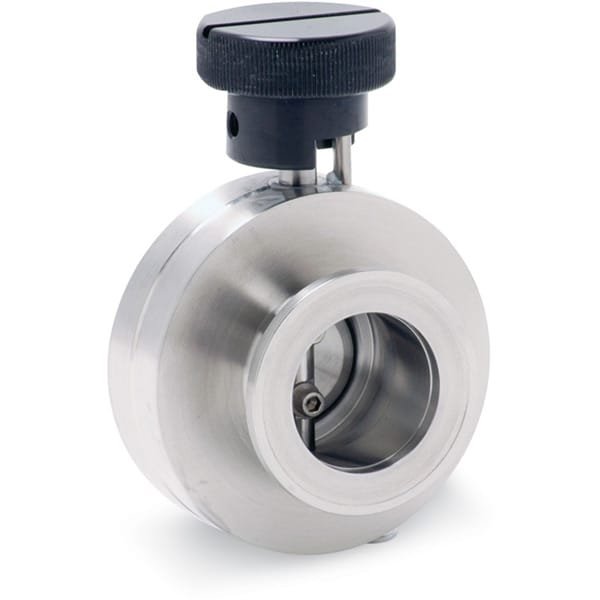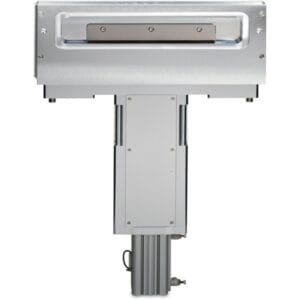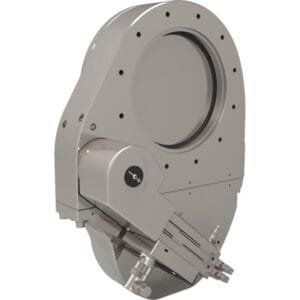Suitable Applications
Designed for rough, bypass, and forelines that demand high conductance, a compact profile, quick opening, and effective throttling action.
Features
- Manual Actuation: Provides precise control over flow.
- Easy Maintenance: Can be effortlessly removed from the line for servicing.
- High Vacuum Capability: Valves rotate open to create a high gas conductance pathway.
- Frequent Maintenance Friendly: Ideal for environments with regular changes and cleaning; suitable for applications that do not require line-of-sight or mechanical movement through the bore.
- Temperature Range: Operates effectively within -10°C to 80°C (approx.).
Specifications Table
| Manufacturer | TFM |
|---|---|
| Temperature | Max 80.0 ºC 176 ºF |
| Valve Body Material | 304L SS |
| Valve Seal Material | Viton |





Reviews
There are no reviews yet.